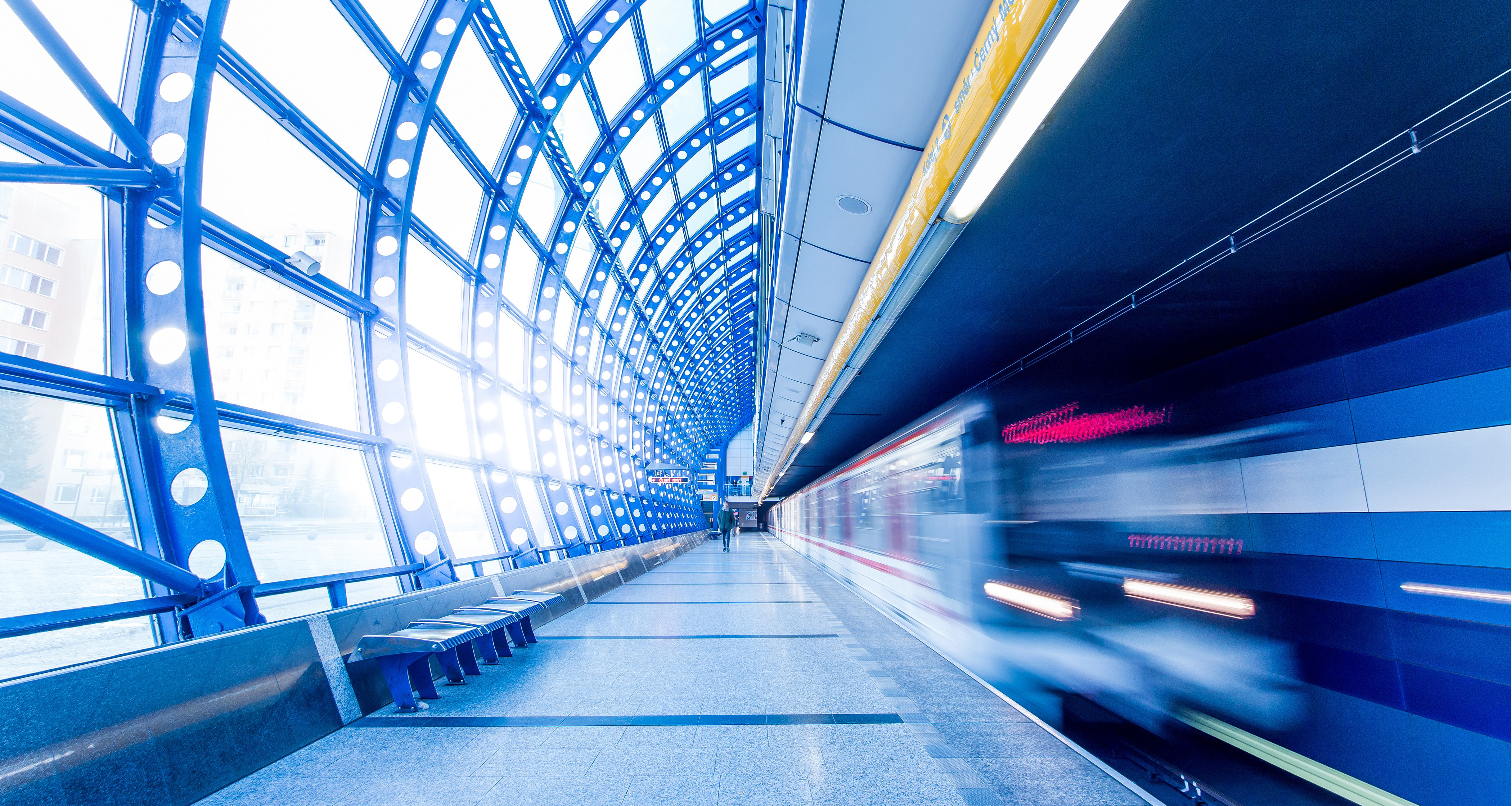The advent of the digital age has inspired technological leaps in every sphere of life. Everything is smarter, our phones, our homes, but how do we translate this into services that benefit all of us? How do we create intelligent systems that are accessible to all and revolutionize the basic needs of society?
One way to do that is to look at how everyday processes can be made easier and nothing is more eternal the transport. No matter what work we do or where we live, the necessity for efficient transport systems affects us all. So how do we make this daily ‘chore’ easier, efficient and more intelligent?
In a number of countries, certain technological advances are already in place. Like the idea of a single payment card for all public modes of transport, or the monitoring of all vehicles from a centralized command center to improve response time to emergency situations. However, this is just the beginning. We need to broaden our vision and look beyond direct application to transport systems if we want to improve the entire ecosystem as a whole. To create a holistic set of solutions that allows us to enhance the experience for commuters.
How do we that? Do we need to create new technologies?
Not really.
The technology is already at hand, what’s missing is an innovative way to apply them. What becomes important therefore
is to look at technologies that would not seem at first glance to directly influence transport, and then see how we can apply
them to achieve easier mobility.
For example, at first glance GIS and BIM technologies seem to be completely unrelated to solving traffic problems. However, GIS technology would allow us to map the urban landscape, and sensors in Smart Streetlights would help us track traffic patterns within that landscape. When the information gathered from both these sources is then inputted into BIM software, it would allow civic authorities to plan and test possible construction patterns for roads and civil structures before ever having to begin work. This means better roads get built and diversions and alternate routes can be planned in advance to ensure minimal inconvenience to commuters during the construction time.
RIFD tracking also can be applied very successfully in to the public transport system. With every mode of transport being constantly tracked from a centralized management center authorities are always aware of the schedule and can take action in the case of any emergencies. In order to improve response times, Smart Traffic Lights can play a key role when operated from the same center to quickly clear routes for emergency vehicles and keep all operators abreast of any updates.
All of this makes travel for everyday commuters easier, but its important that the commuters themselves are always updated. With a free mobile app controlled by civic authorities, commuters can be kept up-to-date about schedules and timetables, making their wait times shorter. An open loop payment system reduces the frustration of standing in line to purchase tickets or to make payments for public services.
None of these technologies in and of itself is particularly revolutionary. What makes all the difference is looking at the entire problem
as a whole and then breaking it down into individual issues and finding the right technology tackle these problems. Currently
most people work the other way around; they try to manage the symptoms by only applying a salve to individual aspects rather
than creating a complete solution.
This must be a continuous process, where any new technology is thoroughly researched and understood for it s whole potential. In this world of constantly evolving realities we must always be ready to adapt and evolve.
And that is where the future is, in harnessing the natural intelligence of technology to create innovative holistic solutions for every facet of our lives.



